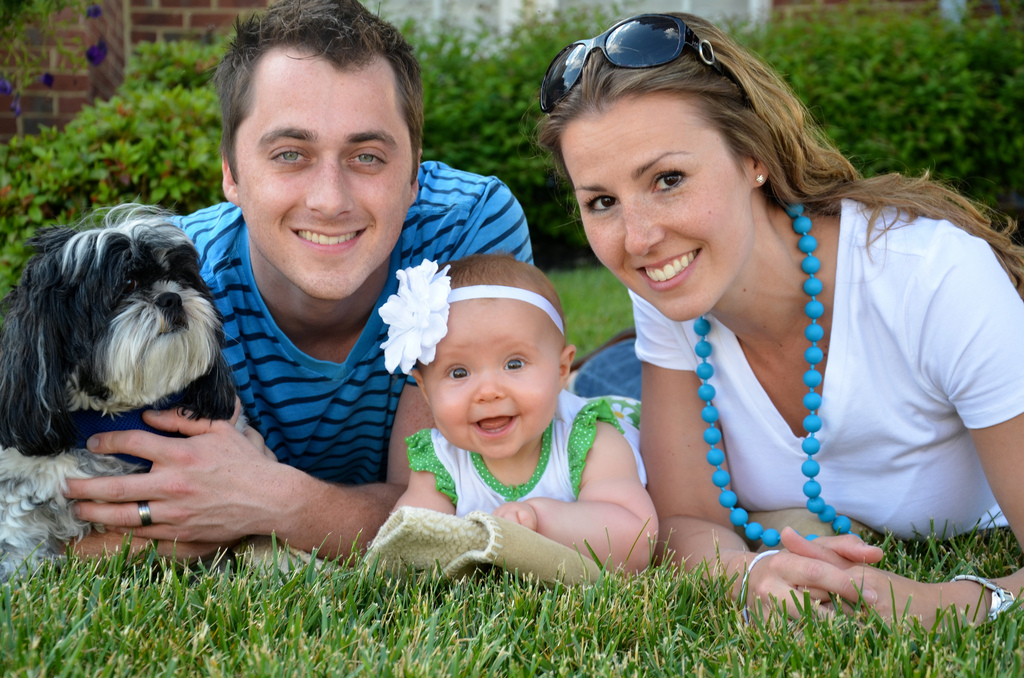
Private investors are helping to solve public problems, like family breakdown and levels of recidivism amongst offenders on parole by investing in social benefit bonds.
NSW is pioneering the bonds, which were developed in the UK in 2010, and using upfront capital from private investors to fund non-government organisations who are working towards better social outcomes for their clients.
The bonds pay a return based on agreed outcomes, for example keeping families together, finding people jobs, preventative healthcare or improving early childhood education, the logic being that these improved outcomes have saved the government money and this can be used to give private investors a return.
A trail was launched in September 2011 involving two NSW organisations: UnitingCare Burnside and the Benevolent Society.
UnitingCare’s Newpin bond funded intensive support to families at risk to prevent children from entering care (where safe to do so) and returning some children in care to their families.
In its first year, Newpin restored 28 children in out-of-home-care to their families – a 60 per cent success rate – and prevented ten children in at-risk families from entering care. Investors received a 7.5 per cent return on their investment. When Social Ventures Australia marketed the bond it was fully subscribed and closed earlier than expected.
The Benevolent Society’s Resilient Families project raised $10 million from social benefit bonds as part of a consortium with Westpac and the Commonwealth Bank. This project will work with 400 families over five years for up to nine months addressing problems like domestic violence, substance misuse, poor mental health, unstable housing, debt and family relationships.
Manager of Resilient Families, Claudia Lennon, said practical help was given to get families on a stable footing, for example, education on child health, transport to medical appointments, setting family routines, talking about the impact of domestic violence on children and helping people maintain their tenancies.
Returns for investors will be based on achieving targets such as decreasing helpline reports and keeping children out of out-of-home-care.
“Our families have very high and complex needs. We are doing intensive support work. We’re going into homes with the ultimate aim of keeping children safe and ultimately with their parents,” Ms Lennon said.
Social benefit bonds meant programs could be designed more flexibility than government funded contracts usually allowed for. It also meant programs could be tinkered with mid-stream if some aspects were not working well.
“It’s also given us so much data around the effectiveness of the program, which will help us design better programs. I think this type of funding model allows everybody in the community to take responsibility for children’s safety,” she said.
The bonds mean a shift in focus from outputs to outcomes. For example, the government usually pays for outputs, such as the number of people using a service, rather than for outcomes, how effective the service was for users. This means providers are encouraged to deliver services which meet their clients’ needs.
This method of funding also means extra resources are channelled into early intervention, rather than towards acute and crisis services.
A Westpac spokesman said 47 investors bought the Resilient Families social benefit bond, ranging from institutional fund managers, corporate and personal foundations and individual high net wealth investors. The biggest single investment was $1 million.
“It was not hard to attract interested investors. The opportunity to do social good alongside earning investment returns was a powerful motivator,” said the spokesman.
“However, the transaction was marketed as being eligible for wholesale and professional investors, with a minimum investment of $50,000. This restricted the investor universe. Many superannuation funds were interested in the product but found their investment mandates did not contemplate making an investment in a social benefit bond.”
The rates of return offered to investors varied based on performance and on the class investors opted to invest in. For example, in the case of a failed outcome investors in Class P would receive no interest return while investors in Class E would lose their capital invested and receive no interest return. However, Class E investors stood to reap much higher returns should outcomes be achieved. All the interest is paid when the bond matures in five years.
A new state government office, the Office of Social Impact Assessment, was recently established by the Baird government to explore new ways of delivering services alongside the launch of Australia’s first Social Impact Investment Policy.
This story first appeared in Government News magazine April/May 2015.
Comment below to have your say on this story.
If you have a news story or tip-off, get in touch at editorial@governmentnews.com.au.
Sign up to the Government News newsletter
